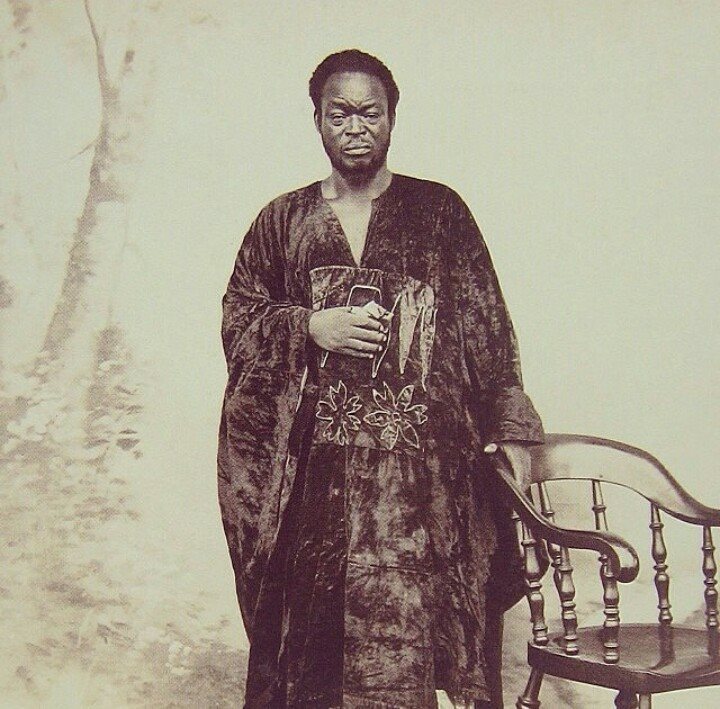About three years before Britain consolidated the provinces and protectorates of Nigeria and as the realities of the partitioning of Africa began to dawn on them, it went on a bombardment mission of the old Benin Kingdom in 1897.
British government representatives, prior to that time, had already completed negotiations for peace among some warring communities within Nigeria, forged exclusive trade deals, negotiated transfer of rights and also secured fiat to over sovereignty of kingdoms which did not bother to put up a fight. Shady treaties masked as peace deals had been negotiated with a few other surrounding kingdoms; but Benin, still trusting on its archaic arsenal of local weaponry, a few guns and some gunpowder, decided not to go down without a struggle.

When it came to the turn of Benin to sign a treaty of annexation with Britain, the Oba of Benin, Omo n’Oba Ovonramwen Nogbaisi, suspected the deal would make Benin kingdom subservient in trade to the British. Yet, he signed it after much prodding by Henry Gallwey, the British Vice Consul of Oil Rivers Protectorate. However, Ovonramwen eventually withheld his kinsmen from maintaining full trading capabilities with the British. This angered the British authorities who discovered that their intentions were being limited by Ovonramwen’s antics and hence inhibiting them from freely conducting trade in the Niger Delta provinces as expected.
True to the British might of the time, once it suspected that Ovonramwen would not give up Benin, it then resolved to bombard it. A British invasion force headed by Acting Consul General James Phillips had planned to set out to overthrow the Oba by provoking them into a massacre in December 1896. A traditional ceremony which entails that the king could not see foreigners was being held at the period but Phillips insisted on meeting with the king to re-negotiate their failing treaty.
The forces, however, had weapons hidden in baggage carried by troops disguised as bearers. Phillips’ plan was to gain access to Ovonramwen’s palace and unveil havoc but spies hinted the king’s generals early enough that Phillips was not coming in peace. Phillips and his entourage were captured and executed once they entered into Benin – except two of them.
Consul General Ralph Moor was then deployed from Cape of Good Hope with the sole aim to bombard Benin and capture the king. Ten days after the renewed assault began on February 9, the reinforced British forces of about 1,200 Royal Marines, sailors and Niger Coast Protectorate Forces had reached the center of town where the Oba’s palace was located.
Ovonramwen Nogbaisi had escaped into the forests but he returned dramatically to the city on August 5, accompanied by a retinue of aides. He tried to negotiate his freedom with Ralph Moor whom he offered barrels of oil worth £1500 as well as 500 ivory tusks. The offer fell on deaf ears as the bounty had already been discovered by the British-led forces. Ovonramwen was eventually sent into exile in Calabar where he died in 1914.

Wonderful craft and art works of the Benin were looted as trophies during this expedition. Famous pieces such as the Queen Idia head which was the totem symbol of FESTAC ’77 and many others were either taken by the British soldiers, auctioned in London, kept away in the British National Museum or were passed down as heirloom from generation to generation.
Many of the other plundered items of the ancient Benin kingdom remain scattered in several institutions and museums around the world. They continue to be a reminder of the gravity with which the British ravaged every kingdom they met on ground in ancient Nigeria.
Featured image source: Tori NG


